(864 products available)



































































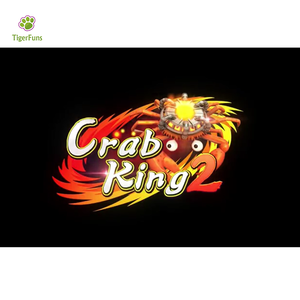
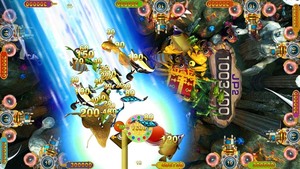
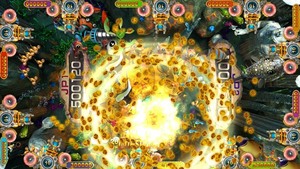
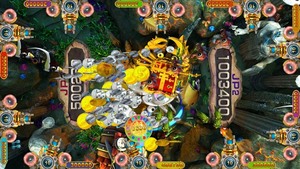
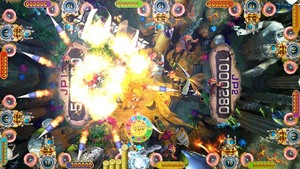
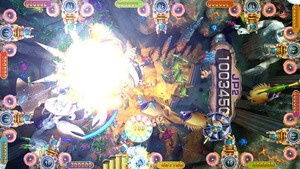




















































































































The fishing game machine card system has become a popular attraction in arcades and entertainment centers, offering players an immersive and interactive gaming experience. There are several types of fishing game machines, each with its unique features and appeal. Here are some of the most common types:
Digital Fishing Game Machines
This is the most popular type of fishing game machine. It uses advanced graphics and video display to create a realistic fishing experience. In this type of game, players receive a digital fishing rod or joystick that they use to control their virtual fishing line. The machine operates on a card system where players insert a card to load credits before starting the game. With the digital machines, multiple players can play at the same time, and there is usually a leaderboard that displays the top players' scores.
Carnival-Style Fishing Game Machines
These are usually found in carnivals, fairs, or arcade centers. They feature a water-filled playfield with plush toys or plastic fish. Players use a fishing pole with a magnet or hook to catch the toys or fish. The caught items are often tagged with different point values or prizes. The game operates on a token or coin system, where players pay to receive a fishing pole. Unlike the digital machines, this type of game is more of a physical setup and experience.
Tabletop Fishing Game Machines
This is a compact version of the fishing game machine designed for small spaces. It features a digital display in a tabletop format, enabling two to four players to compete for points. The card system operation is similar to that of the digital machines.
Redemption Fishing Game Machines
These machines are designed specifically for redemption purposes. They feature a ticket dispensing system that rewards players with tickets based on their performance. The tickets are used as currency to redeem prizes. The machines operate on a card system where players need to insert a card to activate the game.
Hybrid Fishing Game Machines
As the name suggests, these machines combine elements of traditional fishing games with modern technology. They feature both digital displays and physical interactive elements. Players can enjoy a multi-dimensional fishing game experience. The card system operation is similar to that of the digital machines.
Fishing game machines with card systems are versatile and can be used in various settings and scenarios. Here are some of them:
When selecting a fishing game machine card system for retail or installation in an entertainment venue, several key factors should be considered to ensure the choice meets customer preferences, provides a profitable return on investment, and maintains operational efficiency.
Fishing game machines with card systems are designed to provide an entertaining and engaging gaming experience. They come in various designs, each offering unique features and functionality. Here are some common designs, along with their functions and features:
Arcade Cabinet Design
Features: This design includes a traditional arcade cabinet with a screen, control panel, and card reader. The control panel consists of joysticks and buttons for controlling the player's fishing actions. The card reader accepts players' game cards.
Function: This design replicates the classic arcade fishing game experience, allowing players to stand and play at the machine.
Tabletop Design
Features: The tabletop design is like a dining table, and it has a flat surface with embedded screens and controls. It is usually equipped with card readers and allows multiple players to play simultaneously from a seated position.
Function: This design encourages a more social and interactive gaming experience, making it suitable for bars or lounges.
Virtual Reality (VR) Design
Features: VR design uses headsets and specialized equipment to place players in a virtual fishing environment. The card system tracks individual players' progress and credits.
Function: This design offers an immersive and futuristic gaming experience, attracting players interested in cutting-edge technology.
Portable Design
Features: This design consists of handheld devices with screens, controls, and card readers. It allows players to play the game on the move. It provides a convenient way to play the game anywhere.
Function: This design makes the game more accessible and allows players to enjoy it in various locations.
Multi-Game Design
Features: This design includes multiple games in one machine, with a switchable system. Each game has its own fishing game, and players can use a single card to access different games. The machine may also feature other skill-based games.
Function: This design offers variety and keeps players engaged by providing different gaming options in one machine.
Q1: What is the function of a server in a fishing game machine?
A1: The server in a fishing game machine is responsible for managing the game's data, including tracking players' scores, managing the fish' appearances, and ensuring fair play. It also facilitates multiplayer connectivity.
Q2: How do fishing game machines make money?
A1: Fishing game machines make money by charging players money to buy the fishing rod or their in-game currency to play. The machine takes a percentage of the earnings, while players compete to catch fish and win prizes.
Q3: What are the different types of fishing game machines?
A2: There are two main types of fishing game machines: the single-player and multiplayer machines. Single-player machines allow one player to play at a time, while the multiplayer machines accommodate several players simultaneously.
Q4: What is a fish table game?
A4: A fish table game is a type of arcade game where players use virtual guns or rods to try to catch fish on the screen. The game often involves multiple players, and the fish have different point values. Players compete to catch the most fish to earn prizes or score points.
Q5: What are the common components of a fishing game machine?
A5: A fishing game machine typically consists of a monitor, control interface (rods or buttons), a coin or token mechanism, a prize dispensing system (for arcade versions), and the game's software/hardware components.